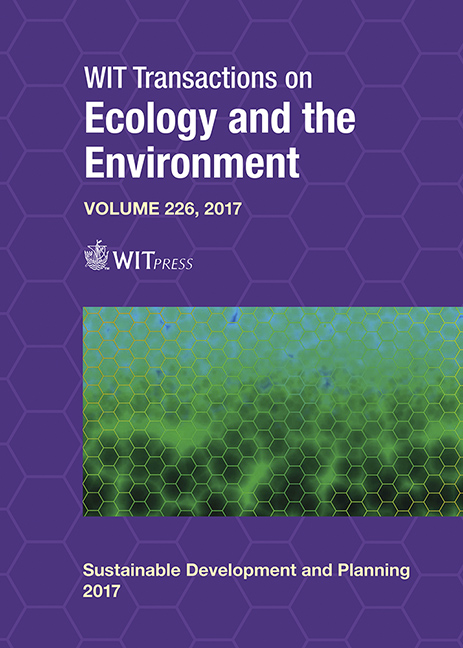REVIVAL OF FORGOTTEN RIVERS THROUGH RECREATING THE CULTURAL PROMENADE: A CASE STUDY OF THE REVIVAL OF BEIRUT RIVER, LEBANON
Price
Free (open access)
Transaction
Volume
226
Pages
13
Page Range
725 - 737
Published
2017
Size
1,108 kb
Paper DOI
10.2495/SDP170631
Copyright
WIT Press
Author(s)
MAGED YOUSSEF, BASHIR ABOU ALI
Abstract
The river is a natural stream of fresh water flowing into a channel to the sea, a lake, or another river. It is a productive resource and vital to its environment, agriculture, industry, energy, household, transportation, generation, culture and recreation. It plays a significant role in people’s lives and a city’s shape. Generally, rivers can be considered the center of the city’s evolution, but nowadays river connection among cities, societies, cultures and the environment is unclear. One of the city’s major problems, especially in third-world nations, is ‘dead rivers’ or ‘forgotten rivers’, which become sources of pollution and disease, forming a dead path, fragmenting communities, degrading biodiversity, with urban encroachment, the absence of a healthy environment and the loss of community aesthetic value. This paper envisions that negligence of rivers can be one of the most important causes for the death of a city, whereas the revival of rivers has become a must for cities targeting re-living and development. Therefore, this paper aims to propose an urban strategy, as a solution to revive the forgotten rivers, through creating a cultural promenade on its shore. Beirut River in Lebanon is a forgotten river that burdens Beirut city with a lack of any decent quality of life, a dead polluted space, a forgotten area fragmenting the city, which should be the main potential gathering space for nature, tourism and investments. As a case study, this paper investigates Beirut River through urban and ecological analyses, aiming to design an urban strategy for reviving it by creating a cultural promenade enriched with public spaces and green areas, which can most probably enhance the quality of life in the city. The paper ends with a set of conclusions, stating that focusing on a forgotten river and turning it into a sustainable basin may rehabilitate its city and reform its identity.
Keywords
architecture, forgotten river, promenade, revival, culture, landscape





